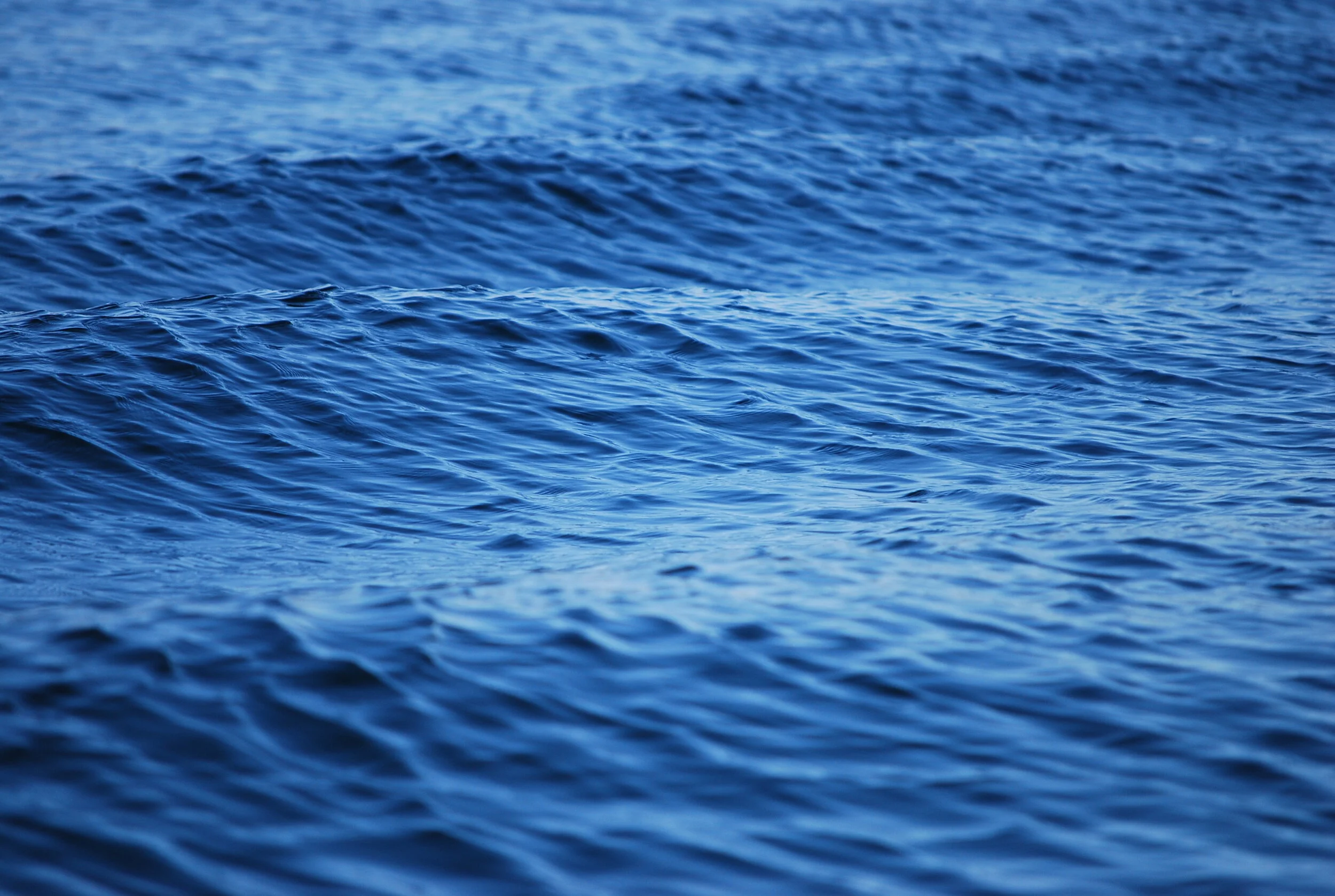Pacific Herring is an important forage fish in the California Current Ecosystem. We have developed ecosystem considerations for the San Francisco Bay herring fishery as a case study for the California Department of Fish and Wildlife Fisheries Management Plan, which include an ecosystem matrix containing a forage “portfolio” for predators, and a “stoplight” outcome. First, Pacific herring spawning biomass is predicted using data on pre-breeding fish (recruits) and environmental conditions (sea surface temperature, etc). If the prediction is below the long-term median herring biomass, the corresponding fishing quota (derived from a hockey-stick rule) can potentially be altered.
Recommendations on quota adjustment come from an ecosystem indicator which provides information on the state of herring predators, consisting of an alternative forage index and a predator health index.
Concentrated winter/spring spawning herring is rich food source when predators are preparing to migrate/breed, so energy costs high and food is limited. The logic is that: a) when alternative prey low, herring is more important to predators (and vice versa) and b) when predator populations are in decline or poor health, it is prudent to reduce food stresses on predators.
This matrix is simple, cost-effective, and leverages existing data. The matrix is also flexible to incorporating future environmental and ecosystem change (it is important to periodically re-assess ecosystem relationships since these can change through time). Most importantly, the matrix allows management to move forward despite some knowledge gaps.
See Sydeman et al. 2018 and Thayer et al. 2020 for more information.


